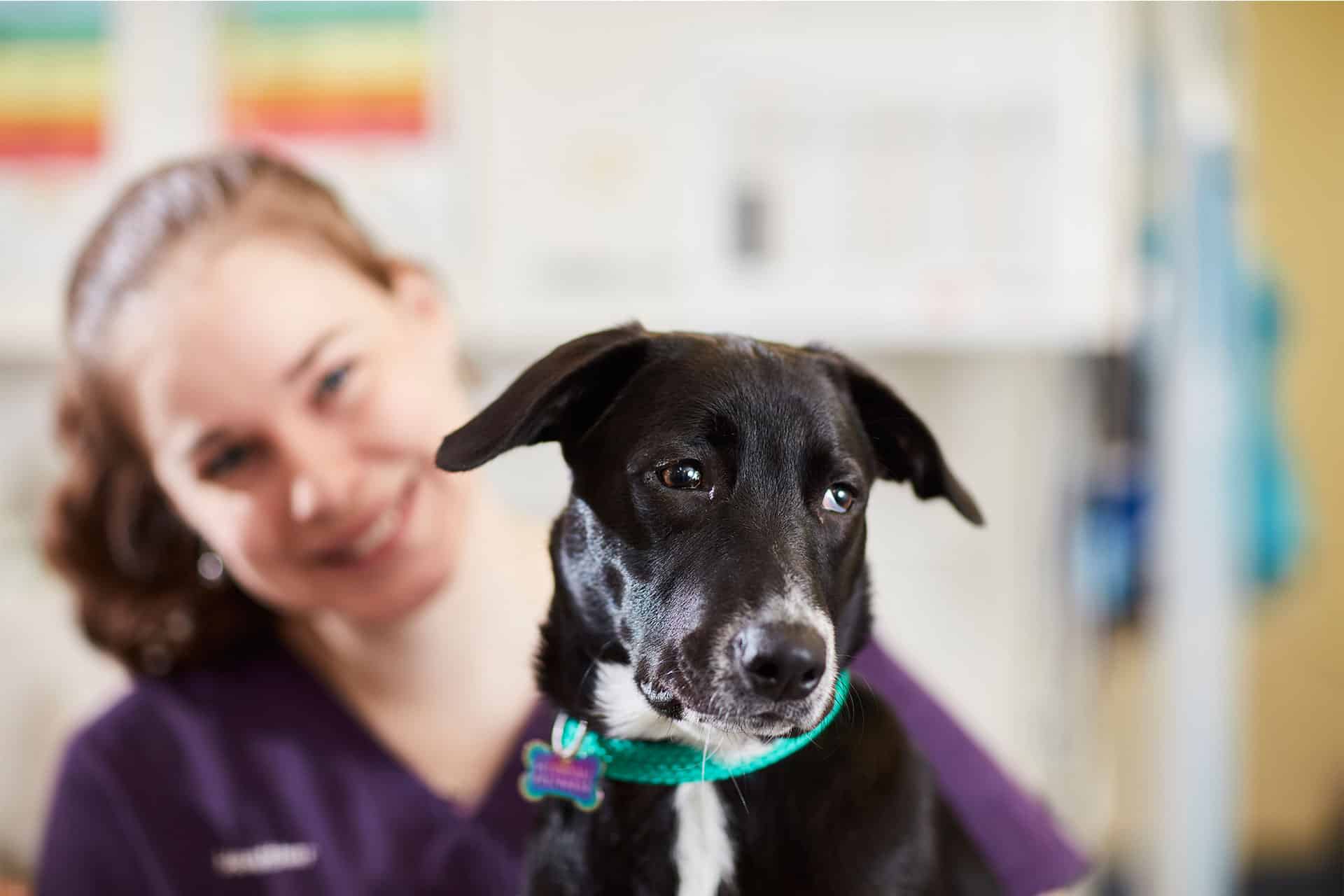Chocolate toxicity is well-known to most pet owners. Chocolate contains methylxanthines such as theobromine and caffeine. Methylxanthines result in central nervous system stimulation, increased fluid loss from the kidneys and heart muscle contraction. When ingested in toxic doses, clinical signs may include agitation, vomiting, diarrhoea, panting, rapid heart rate, frequent urination, hyperthermia, muscle tremors, and seizures. Clinical signs of toxicosis can be seen within a few hours but up to 10-12 hours after ingestion (as the absorption can be slow).
As theobromine has a very long half-life, treatment may be necessary for 72-96 hours post ingestion. Mild symptoms of theobromine toxicoses can be seen when greater than 20 mg/kg is ingested. With more severe signs (including seizures) seen when greater than 60mg/kg is ingested.
As a general rule if your dog has eaten 50gm/kg of milk chocolate, 20gm/kg of dark chocolate or 5gm/kg of cooking chocolate please call us and bring your pet in to see us immediately.
The most effective treatment is to avoid absorption of the toxins in the chocolate. Treatment is aimed at decontamination – (inducing vomiting and administration of activated charcoal to absorb the toxins), intravenous fluid therapy, sometimes sedation as well as blood pressure and heart rate monitoring in some severe cases.
With Easter just around the corner our best advice is to be careful where you or your kids hide their Easter egg stash. You can be sure that your dog is always looking for an opportunity to steal your not so well hidden chocolate treasures!






